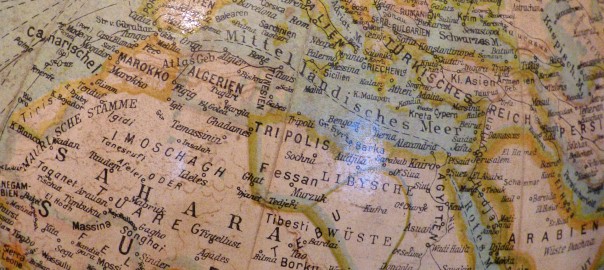
International SEO is the next level for SEO experts. If you are running a complex site that is aimed at various geographical locations then you’re working with a large and complicated SEO strategy in multiple locations and languages.
This is our guide to international SEO to help you understand the complexities of the task at hand. Multilingual and multiregional SEO is an ever changing field, so make sure that you keep up to date with the latest advice.
Definitions
- Multilingual SEO – Optimizing web content for areas that use different languages.
- Multiregional SEO – Optimizing web content in a variety of areas.
If you look at your site traffic and spot that a lot of it is coming from other countries or somewhere that speaks another language, it could be time to start thinking about an international SEO strategy.
If you do end up targeting multiple locations, it can mean separate sites or subdirectories so that you can send people to where they are most likely to see the content that they need.
International SEO Best Practice
Localise Content

Different areas will require different information. Even if you are targeting the US and the UK, there are different tones and spellings which can be overlooked. If you want to have a real impact, you need to consider currency, language and the time zone alongside the relevant contact information to ensure that when a user is looking at your page, they feel like they’re in the right place. Remember as well, culture is different around the world. Watch out for things like humour. What is funny in one region can be baffling in another.
Speak The Right Language
Everything on your site needs to cater to the language spoken in the area that the readers are in, including menus, content, and the help desk.
Don’t rely on Google Translate, and don’t automatically redirect to content in a different language based on location without asking. Someone browsing in Berlin could be an English expat or a foreign language student.
Tell Google you are set up for multiple languages using hreflang or language meta tags. These are snippets of code that tell search engines which languages your content is available in.
URL Structures
Country Code Top-Level Domains
You can use ccTLDs such as example.co.uk and example.de to set up your site.
The benefits of this are:
- Clear geotargeting
- Server in any location
- Easy separation of sites
- Legal requirement in some cases
However, it can be expensive and there may be availability issues with some hosts.
Generic Top-Level Domains
Another option is subdirectories with gTLDs, for example, example.com/de or example.com/uk.
The benefits of these are:
- Easy to set up
- Can use Webmaster tools for geotargeting
- Easy to maintain
However, users can get confused and separation of the sites can be unclear.
One thing you must do is organise your hierarchy in a similar way across your site to make it easy to crawl and easy for users.
[Photo Credit: ahsan_therock]
(263)








